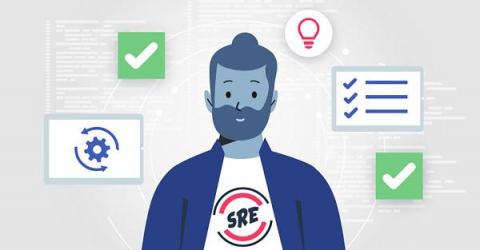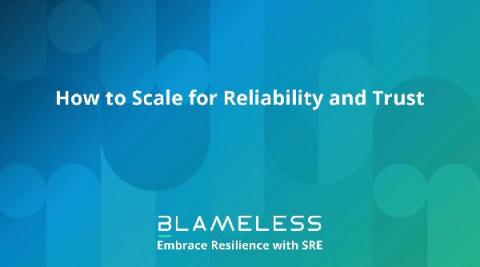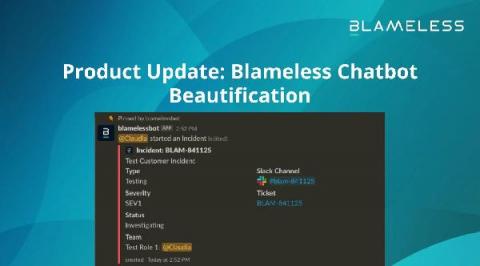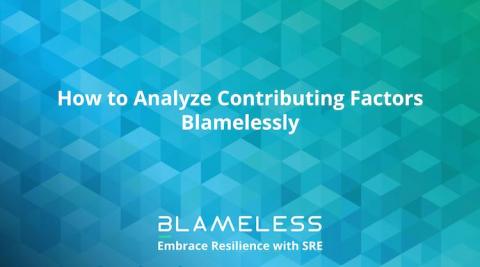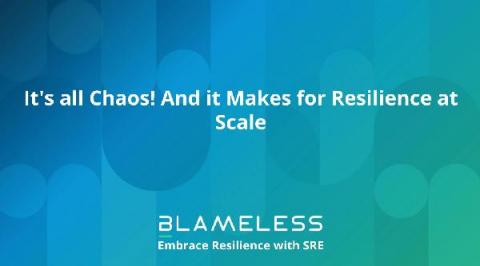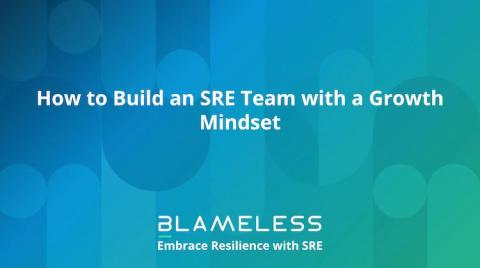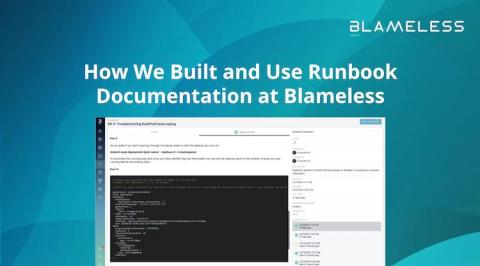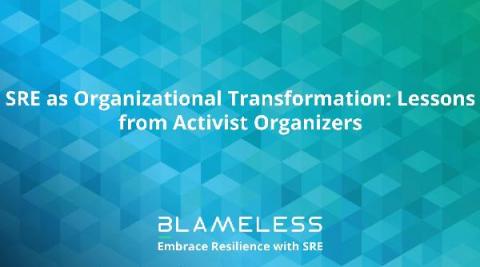SREview Issue #11 March 2021
Is it spring yet? Or spring still? Time sure is strange nowadays. At least we have a ton to look forward to in the next few weeks! Here are some of the most exciting Tweets, content, and events happening in the SRE and resilience engineering community this month.



